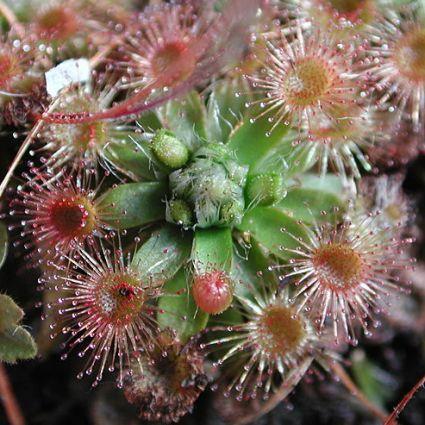


Meaning that they can only thrive in super-sunny habitats. “They’ve been modified in such a way that they just don’t do well with capturing light anymore,” he added. To make their tricky traps, carnivorous plants sacrificed some of their ability to photosynthesize, explained Ellison. Their identifying trait evolved as a way to cope with nutrient-poor environments, which is why they supplement with flesh. Making all those traps and digestive juices takes a lot of energy, so this survival strategy only that works in places where nutrients like nitrogen and phosphorous are at a premium. Instead, look for them in bright open space, with plentiful water.Ĭarnivorous plants are a prime example of an evolutionary trade-off. You won’t find carnivorous plants in the dark depths of the forest. The California sundews were found in full sun, on two small, boggy islands in a clear lake. So read all about them, before they’re all gone.Ĭarnivorous plants thrive in low-nutrient, wet, and bright habitats.

“Not only are they facing all the stresses that all the other plants on the planet are facing, but they’re also, by their very nature, extra sensitive to it.” “Carnivorous plants face a double whammy,” Barry Rice, a botanist at UC Davis and an astrobiologist at Sierra College, told me in a phone call. Simultaneously, these meat-munching-marvels are increasingly threatened by habitat destruction, poaching, and climate change. And although much about them remains mysterious, recent research has increased our understanding of why and how some plants flipped the script and started eating animals. And in this case, the population is condensed to just two patches of floating muck, eking out an isolated existence.Ĭarnivorous plants showcase the splended oddities evolution is capable of. There are only a few known occurrences of the plant across all of California’s 160,000+ square miles. One goal of that expedition: collecting seeds from the sundew. I was tagging along on a botany rescue mission to collect and preserve as many of the state’s rare and threatened plants as possible. The sticky sundews held their sparkling, modified leaves just an inch or so off the ground, digesting insects ensnared in their numerous traps. In a California bog, I stood in a field of carnivorous plants. On a recent reporting trip out West, I found myself surrounded by hundreds of vicious carnivores, all soaking their prey in a corrosive mix of flesh-eating enzymes.


 0 kommentar(er)
0 kommentar(er)
